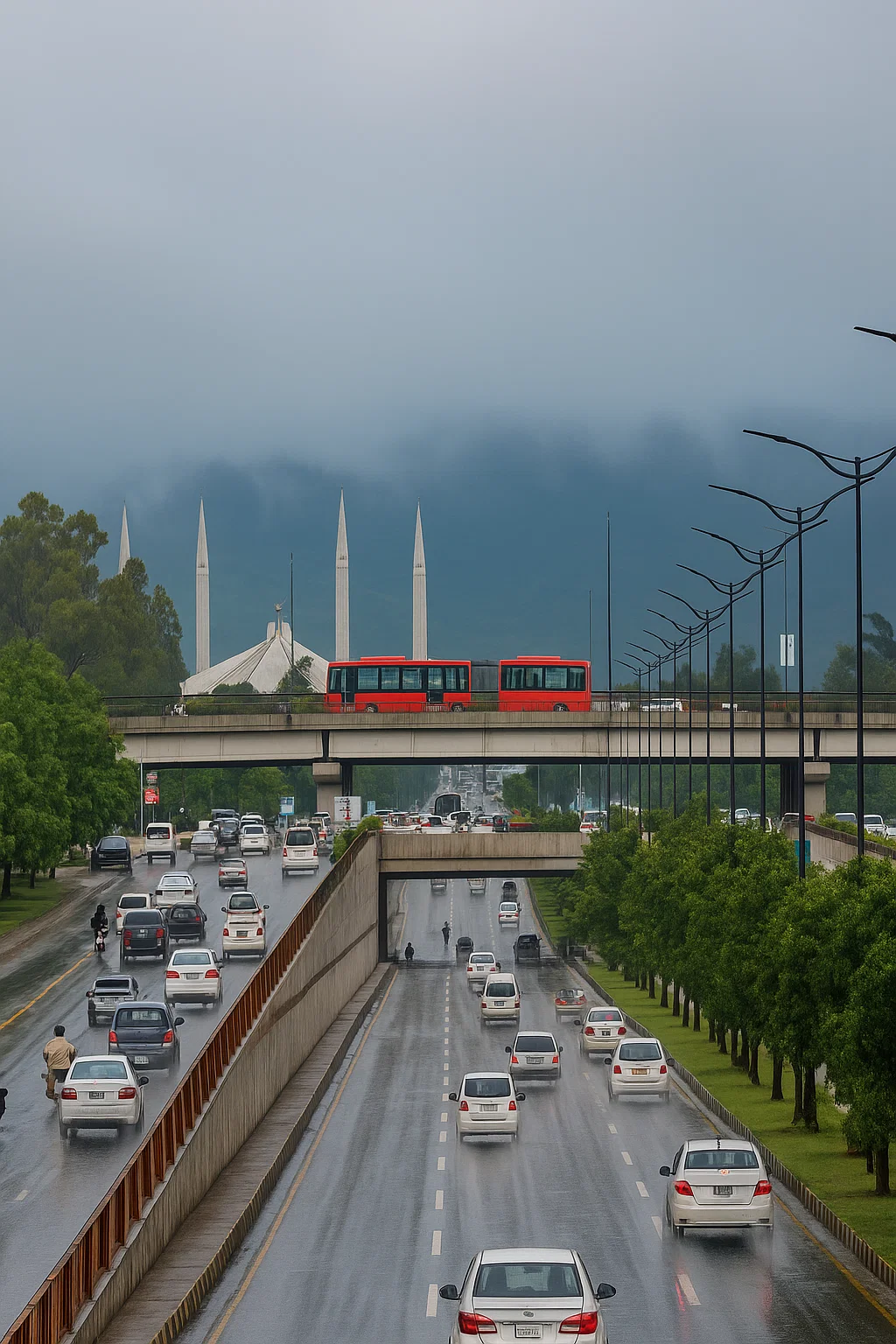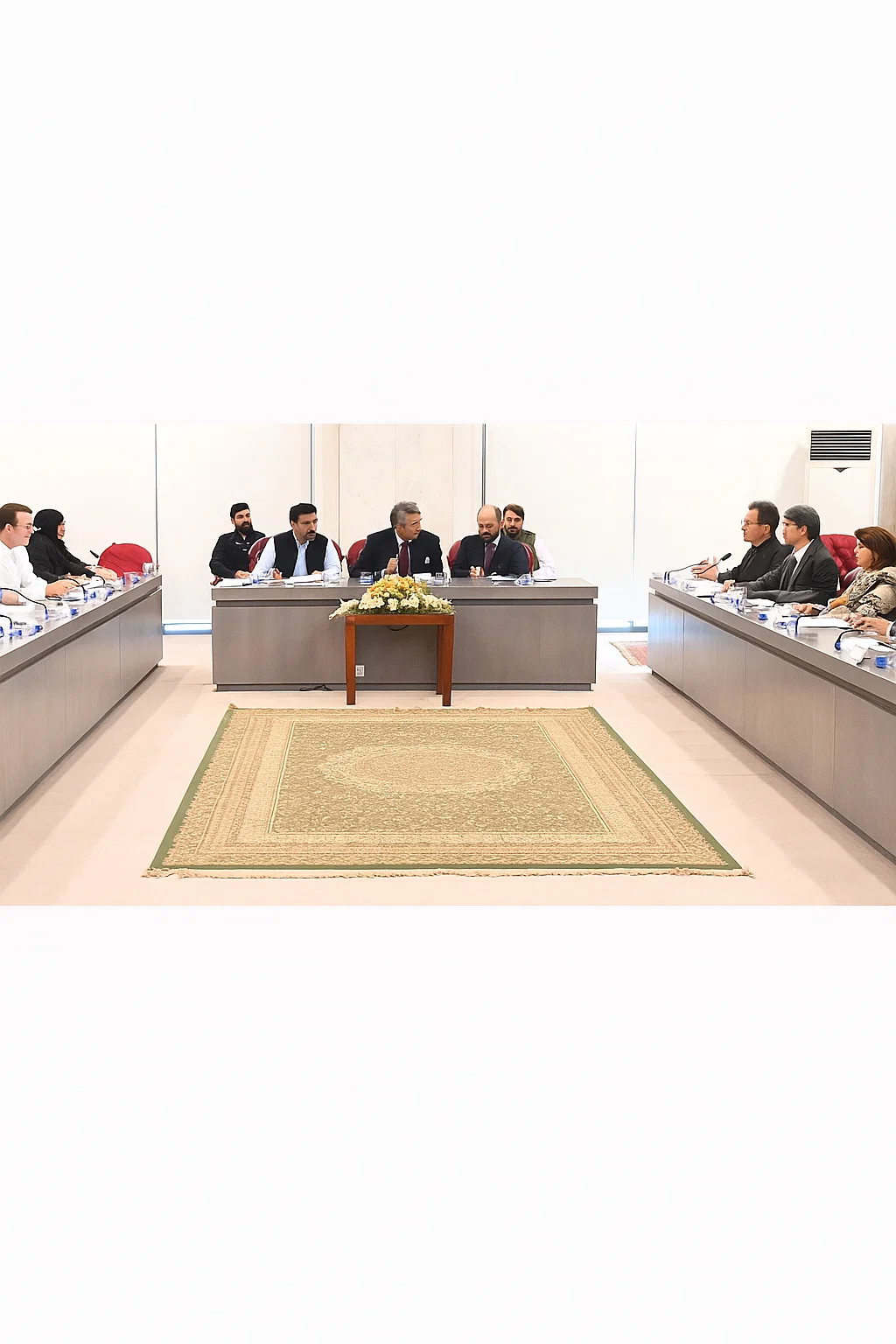The twin cities of Rawalpindi and Islamabad are once again facing the devastating consequences of seasonal monsoon rains. This year, the situation has escalated into one of the most severe cases of Islamabad flooding in recent memory. Rising waters have submerged roads, disrupted public life, and left entire neighborhoods struggling to cope. Rawalpindi, with its already vulnerable drainage systems, has been hit especially hard, while Islamabad—the nation’s capital—is dealing with the challenge of protecting infrastructure, housing, and critical services.
The issue of Islamabad flooding is not just about heavy rains; it’s about urban planning, climate change, and governance. This article explores the seven shocking impacts of Rawalpindi and Islamabad’s severe deluge, the causes behind recurring flooding, and the urgent solutions needed to prevent future disasters.
1. Lives Disrupted and Families Displaced
Impact on Vulnerable Communities
The most immediate consequence of Islamabad flooding is the displacement of families. Hundreds of residents, particularly those living near Nullah Leh in Rawalpindi and low-lying areas of Islamabad, have been forced to evacuate their homes. Many seek temporary shelter in schools, mosques, or makeshift tents, uncertain of when they can return.
Health and Safety Concerns
Floodwater brings with it more than just inconvenience. Contaminated water spreads diseases such as diarrhea, cholera, and skin infections. For children and the elderly, the risks are especially high. Medical teams are working to provide emergency services, but the scale of Islamabad flooding has stretched resources thin.
2. Roads and Transport Networks Paralyzed
Traffic Gridlocks in Islamabad and Rawalpindi
The road networks in the twin cities are paralyzed due to submerged streets. Commuters in Islamabad struggle to reach offices, while Rawalpindi’s bustling markets face transport standstills. Public buses and private vehicles alike are stuck in gridlock, leading to widespread frustration.
Damage to Infrastructure
The longer the water remains stagnant, the more severe the damage to asphalt, bridges, and underpasses. Repeated incidents of Islamabad flooding are weakening the very foundation of transport infrastructure, demanding urgent repair and long-term planning.
3. Economic Losses in Billions
Business Disruptions
The economic toll of Islamabad flooding is staggering. Businesses in Rawalpindi’s commercial hubs, like Raja Bazaar, face huge losses as water seeps into shops, destroying inventory. Islamabad’s offices and IT parks experience downtime, resulting in productivity losses.
Agriculture and Supply Chains
Beyond urban centers, the flood disrupts supply chains. Fresh produce, dairy, and poultry supplies are delayed, leading to price hikes in markets. Farmers near Islamabad’s outskirts also report crop destruction, further straining the economy.
SEE MORE:
https://freedompakistan.com.pk/
4. Collapse of Urban Drainage Systems
Rawalpindi’s Nullah Leh Overflow
A recurring nightmare in Rawalpindi is the overflow of Nullah Leh. This year, the channel once again failed to contain floodwaters, inundating surrounding residential colonies. The inability to widen and reinforce this waterway has made Islamabad flooding and Rawalpindi’s water crises inevitable during every monsoon season.
Drainage Failure in Islamabad
Although Islamabad was planned as a modern city, poor maintenance and unregulated urban expansion have overwhelmed drainage systems. Unauthorized constructions near streams and green belts block natural water flow, worsening Islamabad flooding each year.
5. Environmental and Climate Change Impacts
Changing Rainfall Patterns
Climate experts link the intensity of Islamabad flooding to changing monsoon patterns driven by climate change. Heavier-than-usual rains, concentrated over shorter periods, overwhelm city systems not designed for such extremes.
Deforestation and Urbanization
Rapid urbanization in Islamabad’s green zones and deforestation in Margalla foothills have reduced natural absorption of rainwater. Without trees and open spaces, runoff increases, accelerating the severity of Islamabad flooding events.
6. Threats to Critical Infrastructure
Hospitals, Schools, and Utilities at Risk
Floodwaters threaten hospitals, schools, and power supply units. In Rawalpindi, local clinics have already reported equipment damage, while parts of Islamabad face power outages. Access to education is disrupted as schools serve as emergency shelters for flood victims.
Telecommunications and Internet Services
The modern economy relies on uninterrupted digital services. Islamabad flooding damages underground cables and telecom systems, causing internet and mobile service disruptions that impact businesses, students, and emergency communication.
7. Public Outcry and Governance Challenges
Frustration with Authorities
Citizens of Islamabad and Rawalpindi have expressed frustration over the repeated inability of civic bodies to address flooding. Promises of drainage projects, nullah cleaning, and flood management remain largely unfulfilled.
Calls for Long-Term Planning
The severity of Islamabad flooding has pushed public discourse toward demanding sustainable urban planning. Experts urge investment in flood forecasting systems, modern drainage, and green infrastructure to prevent future crises. Without these measures, each monsoon will bring new suffering for the twin cities.
Causes Behind Recurring Islamabad Flooding
Unplanned Urban Expansion
Encroachments on natural waterways and unchecked construction have blocked natural flood channels, worsening the situation.
Lack of Early Warning Systems
Although Pakistan Meteorological Department issues warnings, coordination with local authorities is often weak, delaying evacuations during Islamabad flooding emergencies.
Poor Waste Management
Garbage dumped in nullahs clogs water flow, making Rawalpindi particularly vulnerable. Solid waste mismanagement is a major contributor to the crisis.
Steps Toward Solutions
Reinforcement of Nullah Leh
Experts suggest immediate expansion, reinforcement, and dredging of Nullah Leh to reduce Rawalpindi’s vulnerability.
Smart Urban Planning in Islamabad
Zoning laws must be enforced to prevent further encroachments. Building flood-resilient infrastructure is the only sustainable solution to the challenge of Islamabad flooding.
Green Infrastructure Development
Planting trees, creating rain gardens, and preserving wetlands can naturally absorb excess water and reduce flooding risks.
Regional Collaboration on Climate Action
Pakistan must collaborate with neighboring countries to address changing monsoon patterns caused by climate change, which directly contribute to Islamabad flooding.
Conclusion
The current situation in Rawalpindi and Islamabad is a stark reminder of how unprepared the twin cities remain for climate-induced disasters. The devastating impacts of Islamabad flooding extend beyond temporary inconvenience—they disrupt lives, weaken economies, destroy infrastructure, and test public trust in governance.
Yet, this crisis also presents an opportunity. With proper investment, smarter urban planning, and climate resilience strategies, Islamabad flooding can be managed, if not fully prevented. Citizens, policymakers, and international partners must work together to ensure that the nation’s capital and its twin city are no longer paralyzed by seasonal rains.
The people of Rawalpindi and Islamabad deserve a future where the monsoon is a blessing, not a curse. To achieve this, bold leadership, transparency, and long-term vision are urgently needed.












